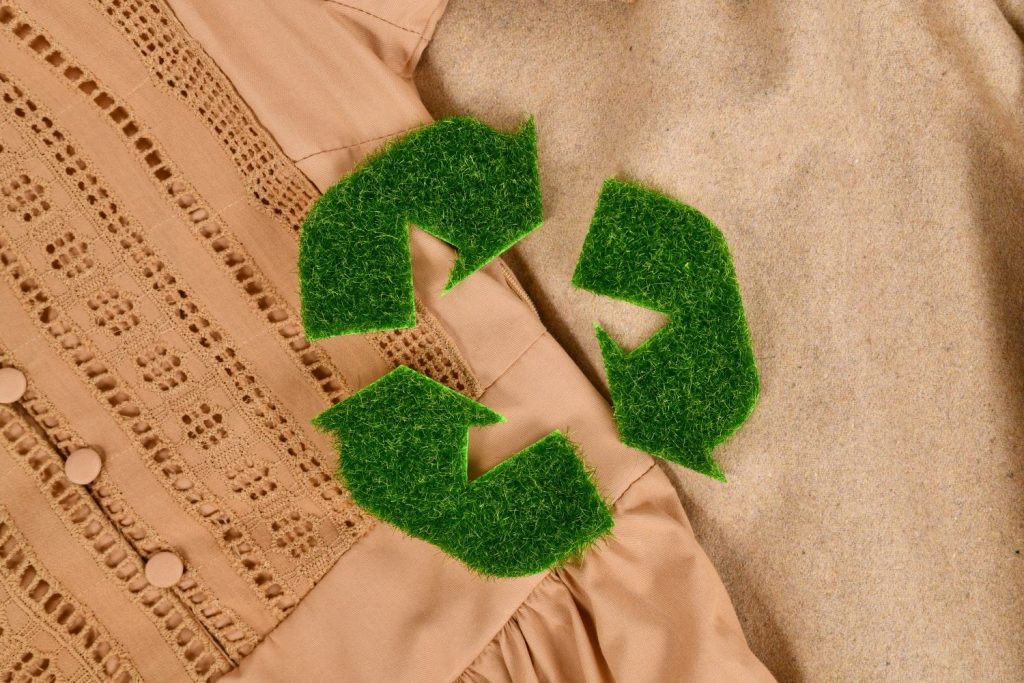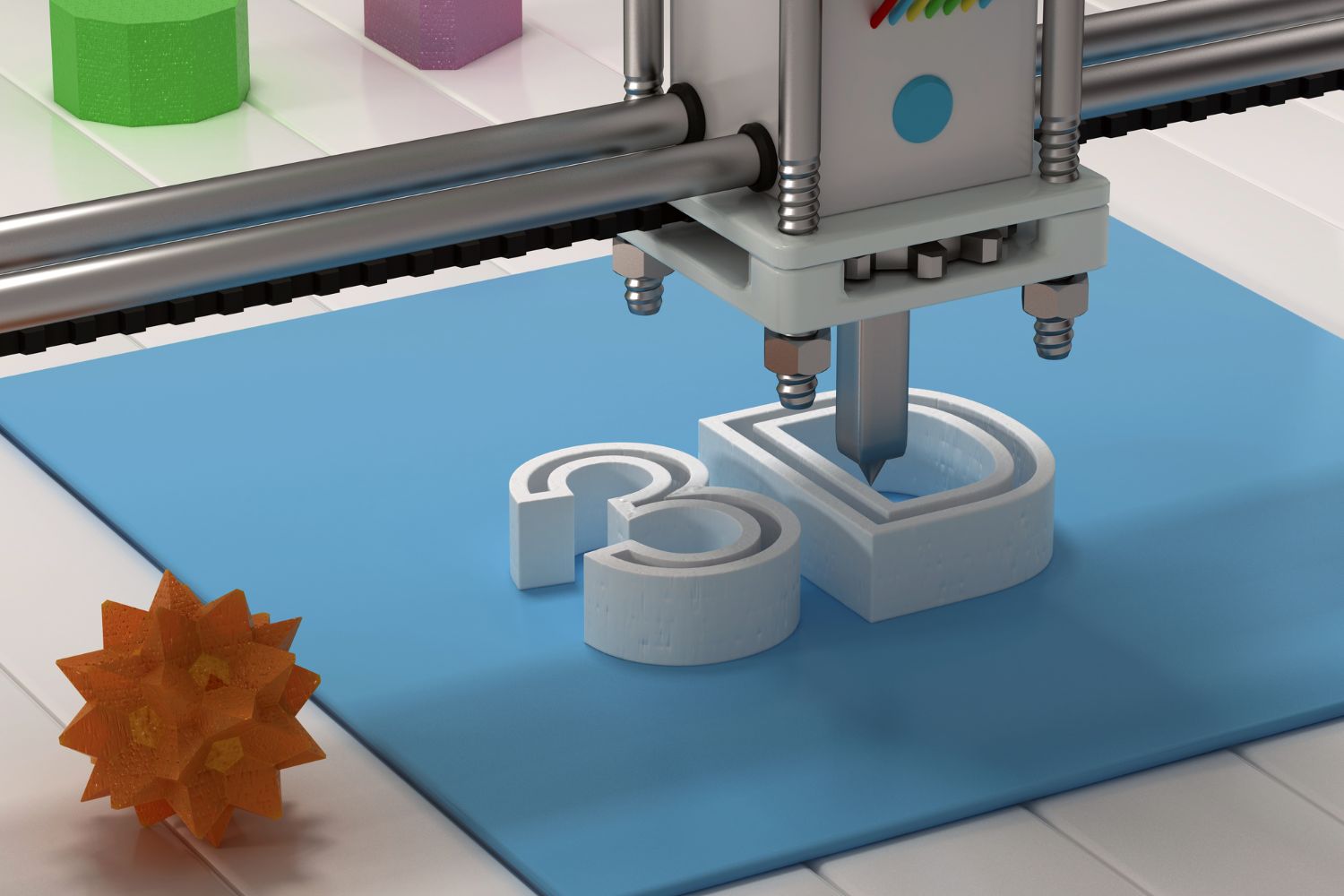
The sustainable fashion industry is important to minimize high carbon emissions and waste. However, with growing awareness and technological advancements, the industry is beginning to shift toward more sustainable practices. This article explores the key technologies that are driving sustainability in fashion, helping to minimize its environmental footprint.
1. Advanced Recycling Technologies
One of the most significant developments in sustainable fashion industry is advanced recycling technologies. Traditional recycling methods often result in downcycled materials of lower quality. However, new technologies are emerging that can recycle textiles into high-quality fibers, ready to be used in new garments.
- Chemical Recycling: Unlike mechanical recycling, which physically breaks down materials, chemical recycling uses solvents to break down fabrics at the molecular level, creating new fibers that are nearly identical to virgin materials. Companies like Worn Again and Ambercycle are pioneering these technologies, enabling the recycling of mixed materials and complex fabrics.
- Textile-to-Textile Recycling: This process focuses on transforming old garments directly into new ones without degrading the quality of the fibers. Innovators like Evrnu and Infinited Fiber are creating fibers from post-consumer textiles, helping to close the loop in the sustainable fashion industry.
2. Digital Fabrication and 3D Printing
Digital fabrication, including 3D printing, is revolutionizing how clothes are designed and produced. These technologies allow for on-demand manufacturing, reducing waste and the need for mass production.
- 3D Knitting and Printing: Brands like Adidas and Nike are already using 3D knitting and printing to create customized products. This method not only reduces waste by using only the necessary amount of material but also shortens the supply chain, as products can be manufactured closer to the consumer.
- Laser Cutting: Laser cutting technology enables precision cutting of fabrics, reducing waste from off-cuts. It also allows for more intricate designs, offering designers the flexibility to create unique, sustainable pieces without the need for additional materials.

3. Sustainable Dyeing Techniques
Traditional dyeing processes are notoriously water-intensive and polluting. New technologies are emerging that aim to make dyeing more sustainable.
- Waterless Dyeing: Technologies such as AirDye and DyeCoo use little to no water in the dyeing process, significantly reducing the environmental impact. These methods also eliminate the need for harmful chemicals, making them safer for workers and the environment.
- Natural Dyes and Microorganisms: Companies are exploring the use of natural dyes derived from plants, fruits, and even microorganisms. These dyes are biodegradable and non-toxic, offering an eco-friendly alternative to synthetic dyes.
4. Blockchain and Supply Chain Transparency
Blockchain technology is becoming increasingly important in ensuring transparency and sustainability in the fashion supply chain. With blockchain, every step of the supply chain can be recorded and verified, from raw material sourcing to the finished product.
- Traceability Solutions: Platforms like Provenance and IBM’s Blockchain for Supply Chain offer transparency tools that allow consumers to trace the origins of their clothing. This not only helps brands ensure ethical practices but also empowers consumers to make informed purchasing decisions.
- Smart Contracts: Blockchain also enables the use of smart contracts, which can automatically enforce sustainability standards and ethical practices within the supply chain. This reduces the risk of fraud and ensures that all parties adhere to agreed-upon terms.
5. Biodegradable and Bio-based Materials
The use of biodegradable and bio-based materials is another crucial aspect of sustainable fashion. These materials break down naturally, reducing the impact on landfills and the environment.
- Innovative Fabrics: Brands are increasingly using fabrics like organic cotton, hemp, and Tencel, which are produced with minimal environmental impact. Additionally, bio-based materials such as mushroom leather (Mycelium) and lab-grown spider silk are emerging as sustainable alternatives to traditional animal-based and synthetic fabrics.
- Biodegradable Packaging: Beyond the garments themselves, sustainable fashion brands are also focusing on biodegradable packaging. Materials like compostable bags and reusable packaging solutions are becoming more common, helping to reduce waste.
6. Artificial Intelligence and Data Analytics
Artificial Intelligence (AI) and data analytics are playing a pivotal role in making the sustainable fashion industry more sustainable by optimizing various aspects of the supply chain and consumer behavior.
- Demand Forecasting: AI can predict consumer demand more accurately, reducing overproduction and minimizing waste. Companies like Stitch Fix use data-driven algorithms to personalize recommendations, which helps in creating demand-based production models.
- Circular Fashion Platforms: AI-powered platforms like ThredUp and Poshmark are facilitating the resale and recycling of clothing. These platforms promote circular fashion by extending the lifecycle of garments, reducing the need for new production.
Conclusion
The fashion industry is undergoing a significant transformation, driven by technological advancements aimed at sustainability. From advanced recycling techniques to AI and blockchain, these technologies are not just trends but essential tools in the fight against environmental degradation. As consumers become more conscious of their impact, the adoption of these technologies will likely continue to grow, paving the way for a more sustainable future in fashion.
See more: Sustainable Urban Agriculture in Singapore: Latest update 2024


